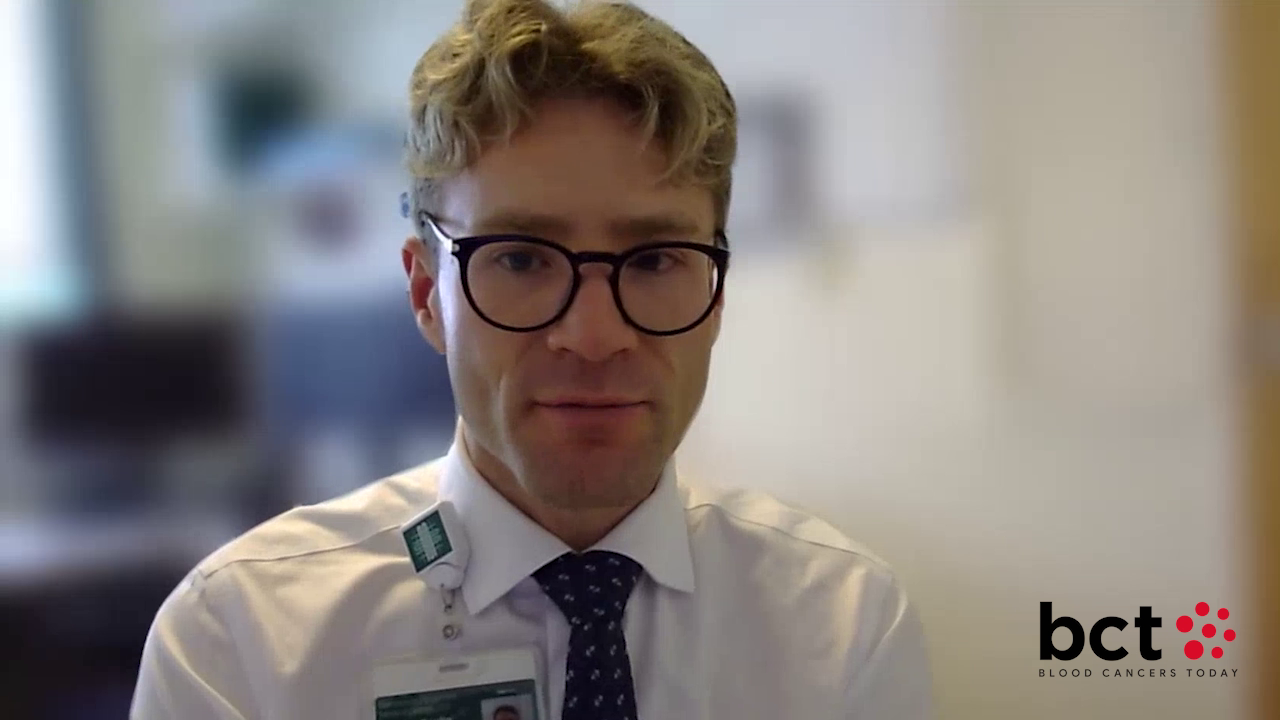Treatment Strategies in Older Patients With AML
By Eric Winer, MD, Yasmin Abaza, MD, Naval Daver, MD - Last Updated: July 17, 2024In a roundtable discussion at the 2024 American Society of Clinical Oncology Annual Meeting, Eric Winer, MD, of the Dana-Farber Cancer Institute; Naval Daver, MD, of the University of Texas MD Anderson Cancer Center; and Yasmin Abaza, MD, of Northwestern University, discuss how their centers treat older patients with acute myeloid leukemia (AML).
Find more of this roundtable discussion here.
—
Dr. Winer: Now that we’ve talked about the younger patient and how we look at the younger patient, although it’s a similar algorithm, I believe, Dr. Daver, how would you approach the older patient? I know older is a loaded term, so I’ll let you define that, but how would you approach the older patient who comes into your office with AML?
Dr. Daver: We see many of these older patients each week. I think above 65 years of age, we’re taking a very close look at whether there’s a clear benefit of intensive chemotherapy. For NPM1 without other additional high-risk mutations or the core binding factor, we would consider intensive chemotherapy with curative intent, but that’s about 15% or 20% of patients.
For the rest, we are leaning toward lower-intensity therapy. Then we do look for the mutation. If they have a FLT3, we have a trial on a hypomethylating agent (HMA) plus venetoclax with a FLT3 inhibitor—either gilteritinib or quizartinib. Even off-trial, if I have a 69-, 70-year-old patient, and they look robust, I will probably go for such an approach and then consider transplant depending on their molecular clearance or tolerability.
I would take the same approach for IDH1 and IDH2 mutations. If a patient has that, then we’re considering HMA plus venetoclax, potentially with the addition of an IDH inhibitor. With menin inhibitors in the frontline, it would be an HMA plus venetoclax, and I’d consider adding a menin inhibitor in those who have an NPM1 or KMT2A mutation.
For the rest, it’s really a low-intensity venetoclax backbone. HMA plus venetoclax has been a regimen we’ve used. We also have cladribine, low-dose AraC, and venetoclax, which has shown some good activity in that range of 65 to 75 years of age. A little younger than the VIALE-A population, but not really giving intensive chemotherapy.
I think very little intensive chemotherapy, more building on HMA plus venetoclax, realizing that an HMA plus venetoclax doublet still gives you only about a 25% long-term survival, so we still need to do more. That’s where, with some of the high-risk groups—the FLT3, the MLL—we’re starting to add a third drug, and we’re starting to see early promising data.
Dr. Winer: Dr. Abaza, what do you think?
Dr. Abaza: I completely agree with Dr. Daver. That’s also what we do. One thing to add, or that we factor in, is are they transplant eligible? Do we have a donor? Because I feel that if they don’t, if I do an HMA plus venetoclax approach, and if they’re fit in the sense of intensive chemo, then they’re on this long term. It’s not something we can stop. Whereas, if we do an intensive chemotherapy approach, at one point I can switch to an oral azacitidine maintenance strategy, which then frees the patient from being committed to an HMA plus venetoclax-based approach, which is not the easiest for patients, especially with the burden of the treatment and the infusions.
That’s the only thing we also factor in. If I know that they are transplant eligible and the likelihood of having a donor is high, then doing a triplet regimen—azacitidine, venetoclax, and gilteritinib like we have on trials or something similar, and that’s what I think the group at MD Anderson just published—there may be a role for this triplet in older, fit patients as a bridge to transplant, sparing the intensive chemotherapy-based approach. That may get us to the same finish line with less toxicity from the intensive chemotherapy.
Dr. Winer: I think you’re both absolutely right. We are seeing a trend toward HMA plus venetoclax in patients over the age of 65 and even some patients over the age of 60 who are otherwise fit for transplant. One of the things that will be very interesting in the upcoming years is some of these trials that are out right now comparing induction versus HMA plus venetoclax, such as the myeloMATCH trial or the industry-sponsored trial that’s looking at this as well. That will really provide us with a good, clear answer in terms of feeling comfortable inducing somebody who’s under 60. We don’t feel, not to say that we don’t feel comfortable, but we’re having second thoughts because it may not be as important as it was when we didn’t have something like HMA plus venetoclax. I think it’s a big step forward in terms of how we can mitigate toxicity for our patients.






 © 2025 Mashup Media, LLC, a Formedics Property. All Rights Reserved.
© 2025 Mashup Media, LLC, a Formedics Property. All Rights Reserved.